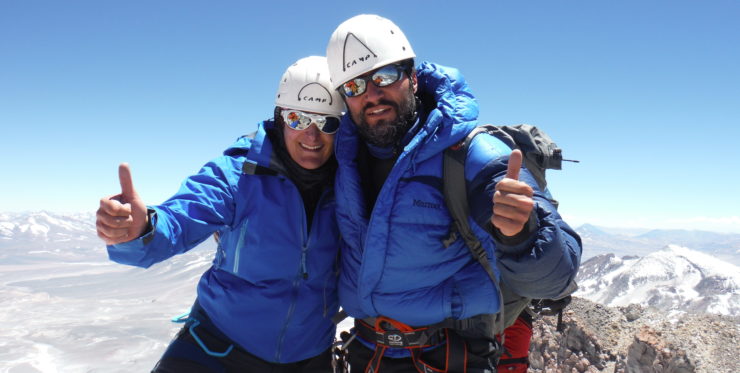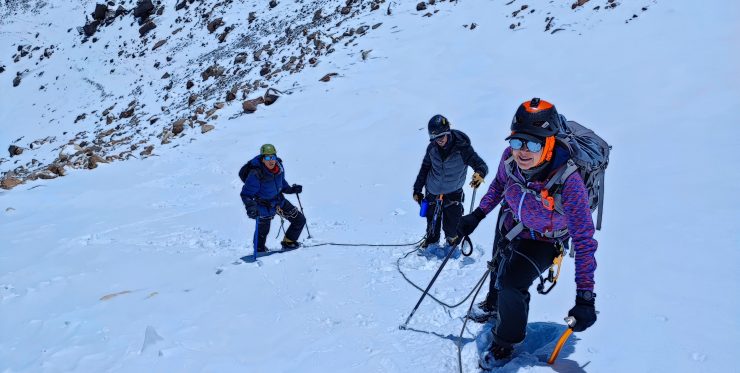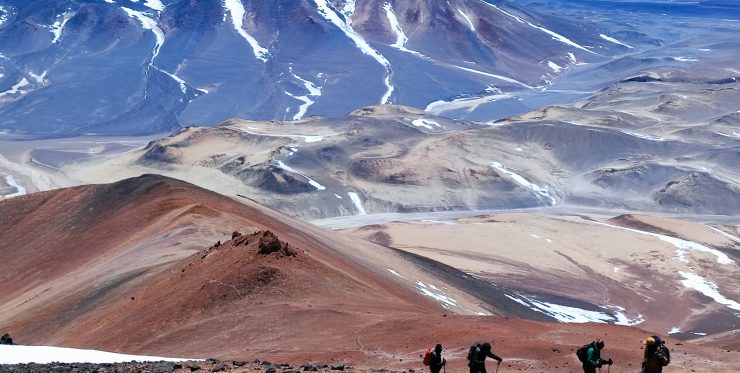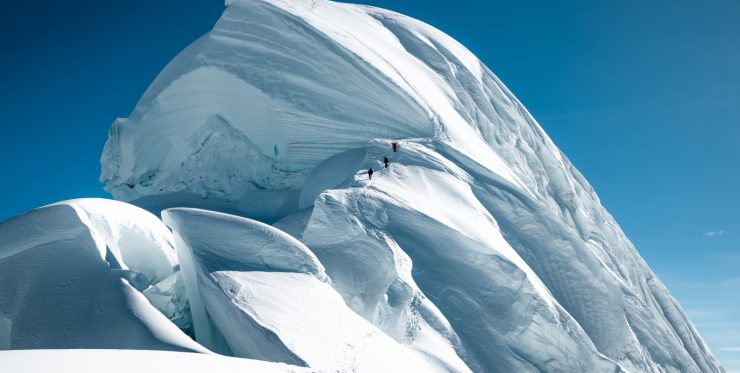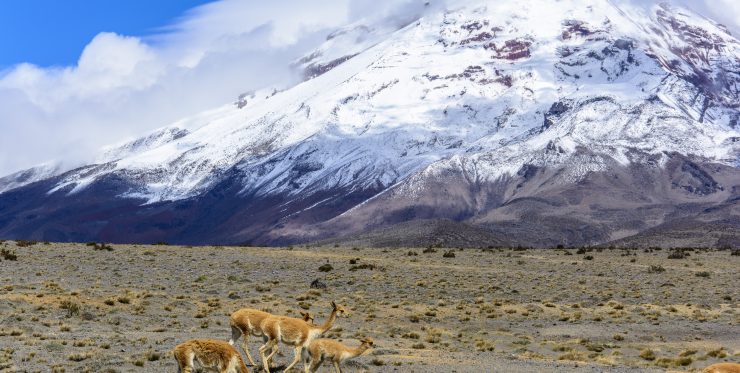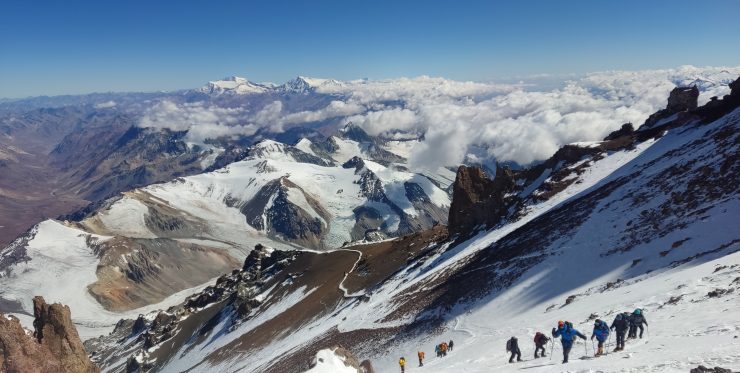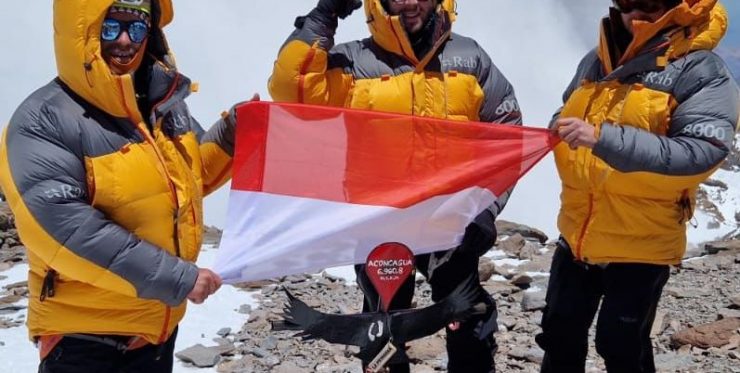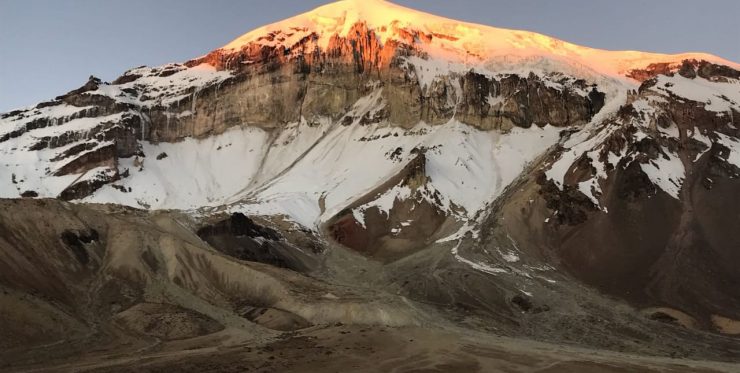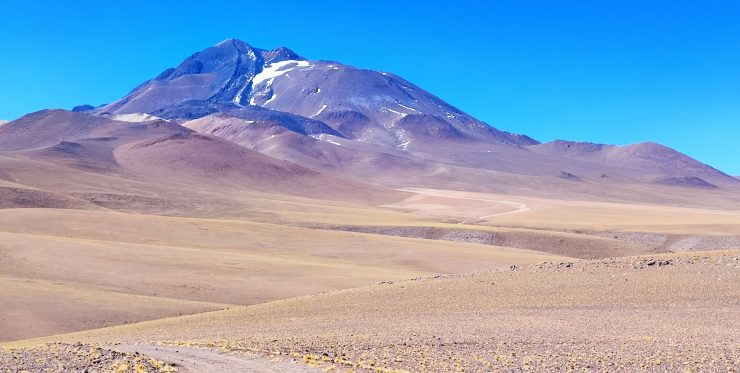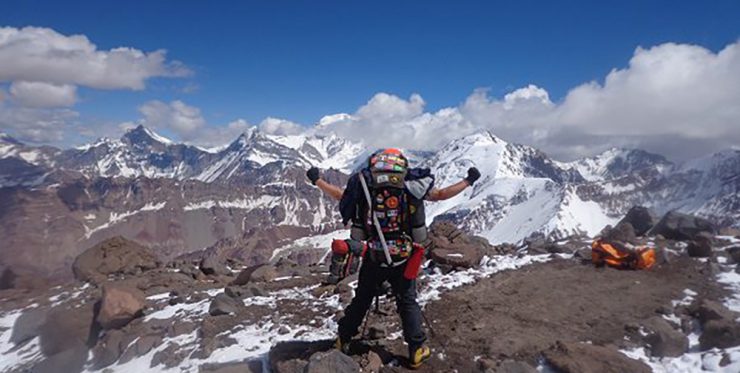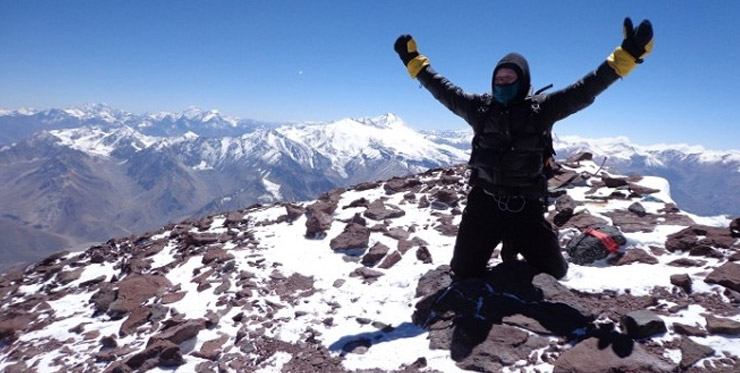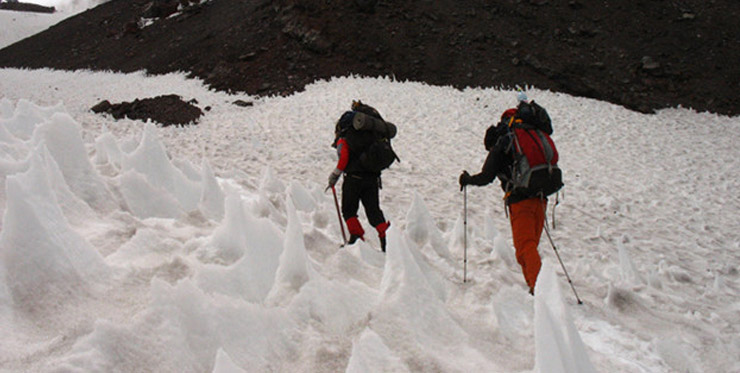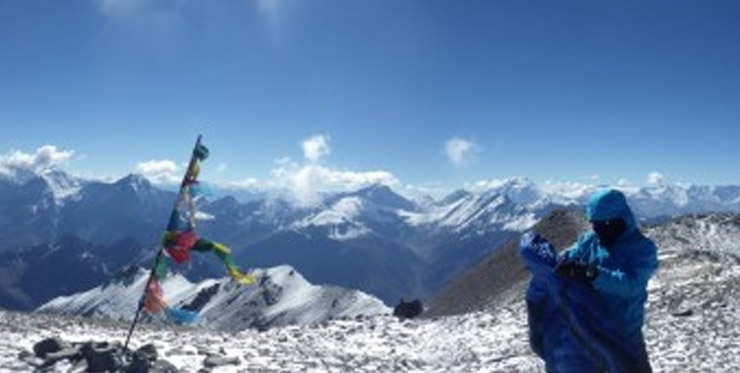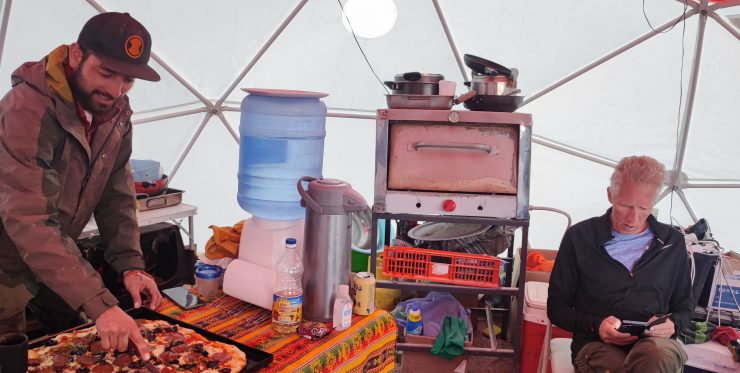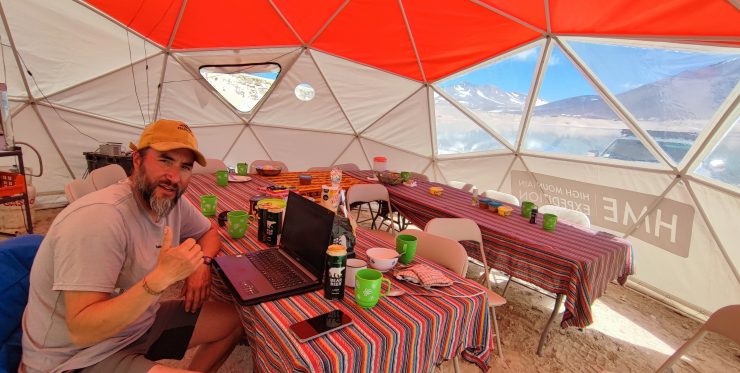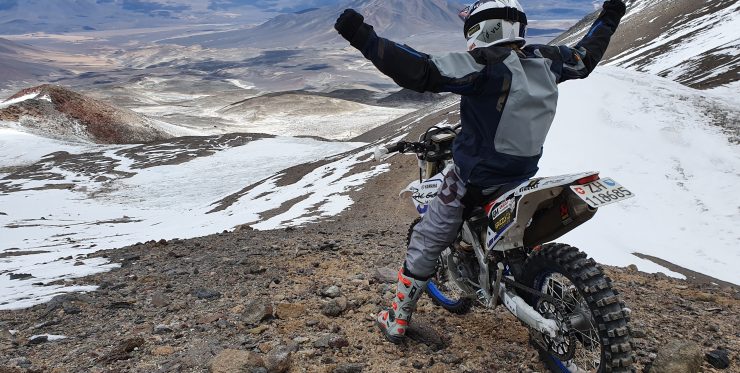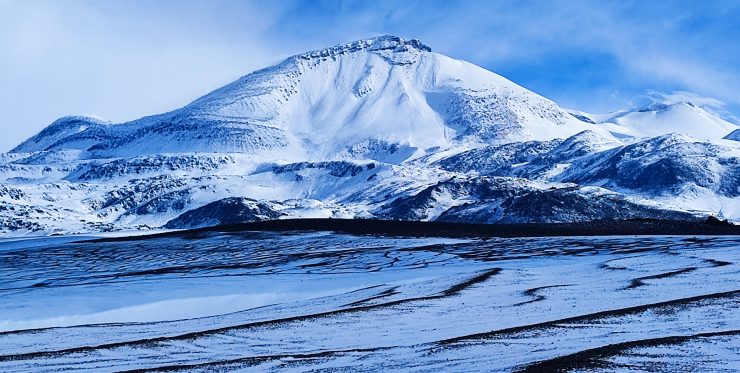
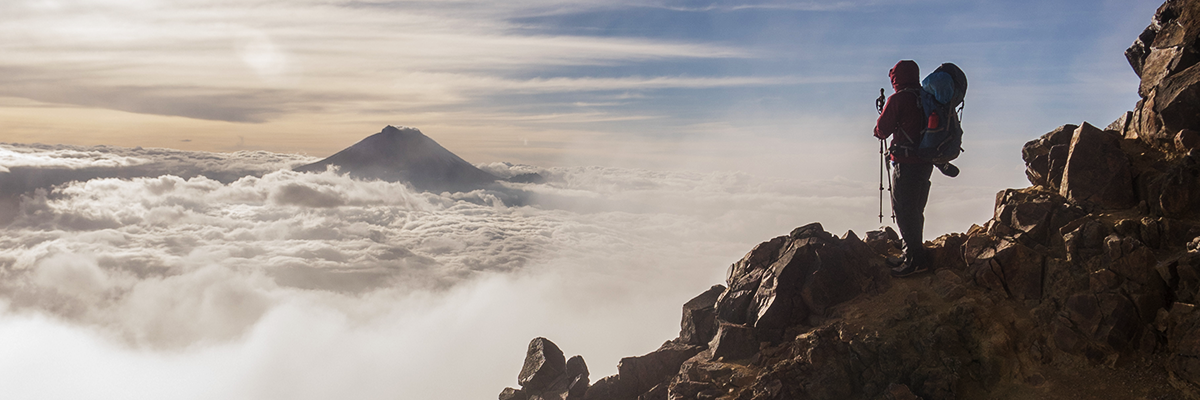
There is a place in the middle of the world where the earth rises to converse with the stars. Explorers of old named it the “Avenue of the Volcanoes,” a mythical corridor guarded by titans of ice that silhouette against the equatorial sky. Here, two summits reign above the rest: Cotopaxi, whose symmetry borders on the divine, and Chimborazo, a geological giant whose peak is the closest point to the sun a human being can stand on. At HME, we haven’t just designed a route; we’ve drawn a map to a legend, an invitation to conquer more than mountains: to touch the very limits of our planet.
A Dialogue with Altitude: An Intelligent Preparation
The mountain does not negotiate; it teaches you to listen. The true ascent doesn’t begin at the foot of the glacier, but in the silent dialogue with altitude. That’s why our 14-day journey is, in essence, a conversation. We have designed each stage not as a mere step, but as a word in that chat, allowing your body to learn the language of the thin air. It is a patient strategy that transforms brute force into intelligent endurance, turning each day into a victory that prepares you for the final conquest.
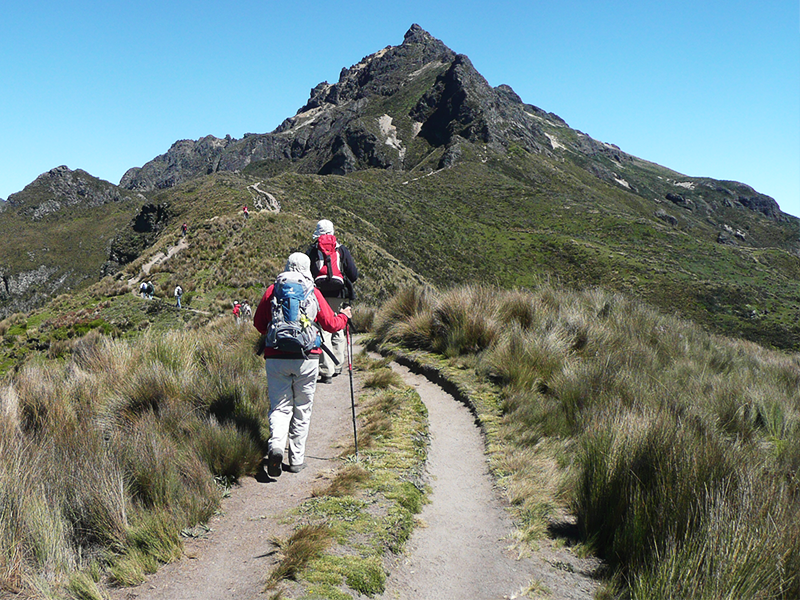
Our expedition awakens on the shoulders of Rucu Pichincha, the guardian of Quito. From its summit at 4,784 meters, we first witness the promise of the horizon: a line of colossi awaiting us. Then, the journey takes us to Iliniza Norte. At 5,126 meters, it is not just a mountain; it is a master. Its sharp rock and airy passages are our first real test, a challenge that forces us to fine-tune our technique and acclimate our spirit. Every grip on its slope is a lesson, every meter gained, the confidence needed to look the giants in the eye.
First Titan: The Conquest of the “Neck of the Moon”
With body and mind already in tune with the altitude, we set our sights on the “Neck of the Moon.” Cotopaxi, at 5,897 meters, is not climbed; it is courted. Its Kichwa name is a poem to its almost perfect conical beauty. The conquest begins long before dawn, in the silence of the José Rivas Hut at 4,864 meters. The world shrinks to the circle of light from our headlamps, the crunch of crampons on ancient ice, and the vast universe twinkling above us.
Moving across the glacier is a meditation in motion. Each step is an act of faith, a steady rhythm that propels us upward. We cross snow bridges over crevasses sleeping in the dark and ascend ice faces that tilt up to 45 degrees, bound by the rope and absolute trust in our guides. And then, it happens. The first ray of sunlight tints the horizon, revealing the smoking crater at our feet and an ocean of clouds below. The word “spectacular” falls short; this is witnessing the birth of a day from the roof of the world.
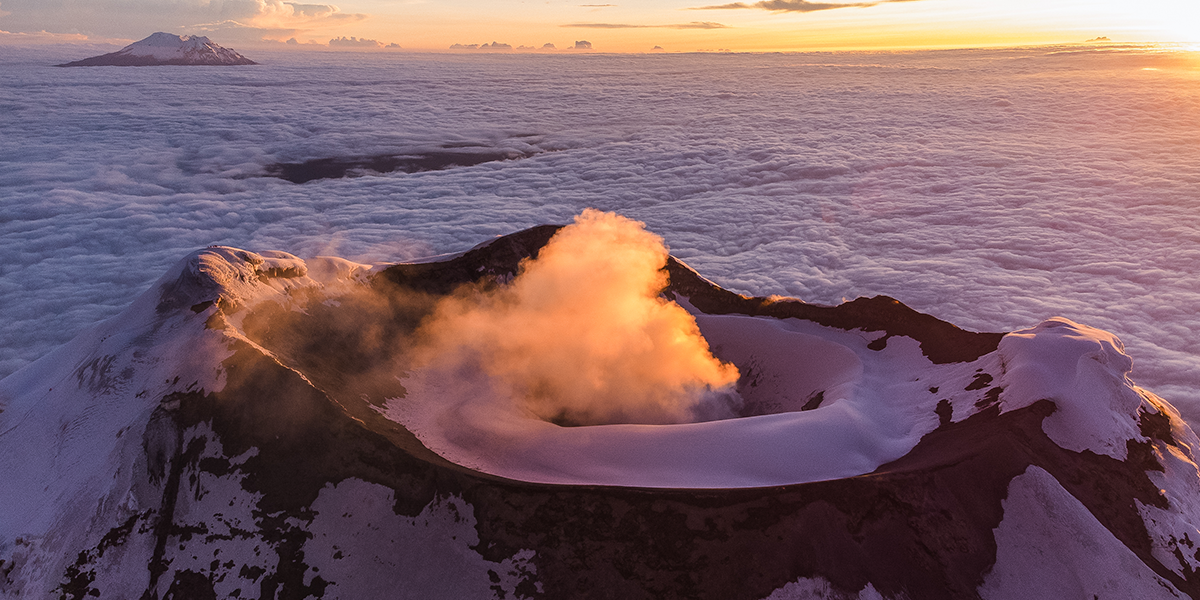
The Ultimate Challenge: Chimborazo, the Throne of the Planet
After Cotopaxi, only the king remains. Chimborazo, at 6,310 meters, is the final act of this Andean opera. Its summit, thanks to our planet’s equatorial bulge, holds a unique title: it is the piece of Earth farthest from its own core, the closest to the cosmos. It is not simply the highest mountain in Ecuador; it is a gravitational challenge, a colossus that tests the sum of all your preparation, your will, and your passion.
The journey to the summit of Chimborazo begins at the high camp at 5,300 meters, a threshold to another world. The ascent is an honest battle against gravity and the scarcity of oxygen. We traverse glaciers that seem frozen in time and flank rock sentinels like “El Castillo,” where every step demands a negotiation with your own limits. But the reward for that struggle is immeasurable. To stand on its infinite summit is to feel the curvature of the Earth beneath your feet, to know, without a doubt, that there is no one on the planet closer to the stars than you are in that very moment.
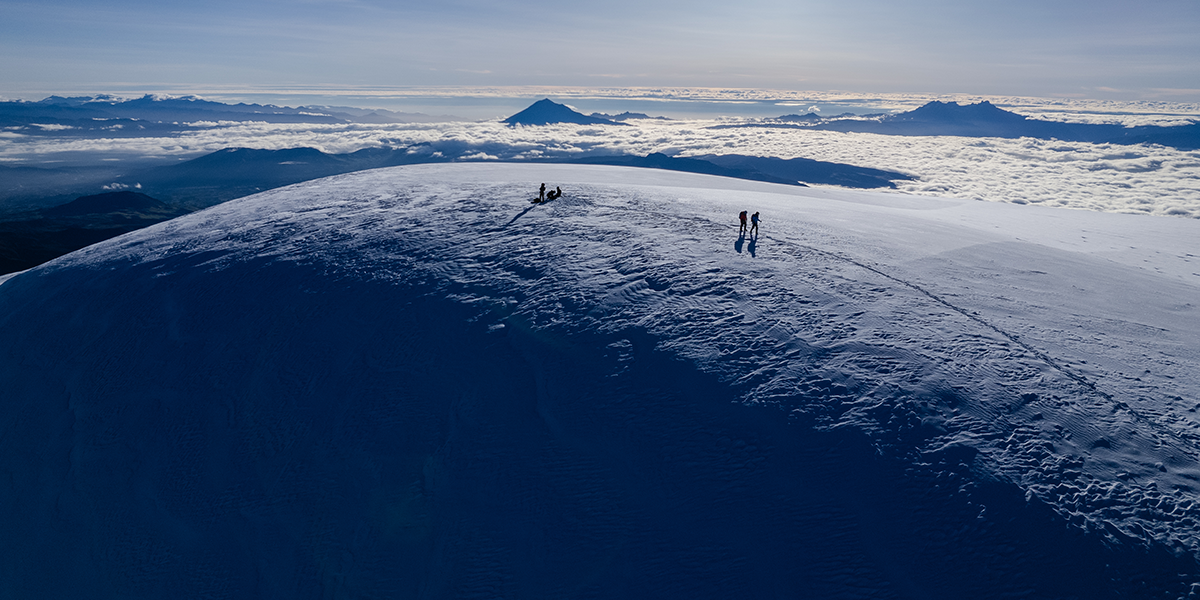
Your Expedition: The Adventure Details
- The Challenge: This is an expedition for those with a strong heart and trained lungs. You don’t need to be an elite technical climber, but you do need exceptional physical condition and, above all, a reserve of mental toughness to embrace the long days in the realm of thin air.
- The Ideal Window: The equatorial Andes offer us two seasons. The main one, between May and August, usually provides clearer skies and calmer winds, ideal for the ascent. A second opportunity opens from November to February, a time with a wilder character and the chance to meet the mountain in its most untamed state.
- Your Tools for the Summit: At altitude, your gear is your most faithful ally. Essential are double boots, sharp crampons, an ice axe, a harness, and a helmet. Your layering system will be your armor against the wind and low temperatures.
- The HME Seal: Our promise is simple: your safety is the most important summit. That’s why on the final ascents, we maintain a strict ratio of one guide for every two climbers, a rope team of trust that maximizes both safety and the chances of success.
The Journey That Awaits You
The Avenue of the Volcanoes is calling. At High Mountain LA, we have everything ready for you to answer that call. The first step towards the closest point to the sun is not taken on the mountain; it is taken now.
